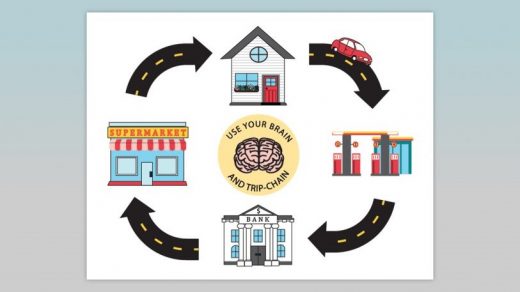These posters designed by Utah teens demand action on clean air
Every year since 2015, two professors at Utah State University (USU) have hosted a poster-design competition for high school students to address a critical issue for the state: air quality. Edwin Stafford, a professor of marketing at USU’s business school and Roslynn Brain McCann of USU Extension, came up with the idea for the competition after a local advocacy group, the Cache Clean Air Consortium, hosted a conference at the university on the state’s troubling air quality. Utah’s valleys, in particular, tend to trap pollution from cars and wood-burning stoves (which are still commonly used in the state). In areas like Cache Valley, where USU is located, concentrations of particulate matter in the air often spike to unhealthy levels.
“Our population is kind of apathetic or ambivalent about air pollution,” Stafford says. The state, he adds, is relatively conservative, and conversations around sustainability tend not to gain traction. He and McCann wanted to think of a way to engage young people, who are generally more open-minded to sustainability concerns, on the topic. In the competition, they asked students to design posters calling for an end to vehicle idling, or encouraging people to carpool or “trip chain” (complete all errands in one go to diminish driving). Over the years, the number of students participating has grown to over 550 in four school districts, Stafford says, and he eventually wants the competition to expand its reach even further.
The posters are witty, clever, and often beautiful. Some contain pop-culture references: One winning poster from Logan High School in 2016 reinterpreted the Star Wars poster, calling it “Car Wars” and asking people to “resist the dark side” and “stop idling.” Each year, the winning posters are displayed in schools, offices, and public spaces like cafes throughout the participating towns, and Stafford says they’ve helped start a conversation about air quality in the state.
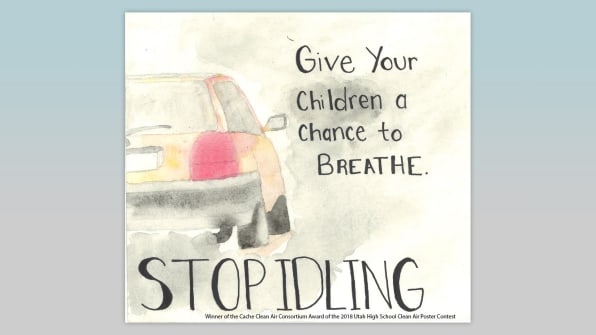
But beyond the posters being displayed, the competition has had another, unexpected effect on the discussion of Utah’s air quality. The students who participate, Stafford says, often end up altering their behavior to be more sustainable. But they also discuss the competition with their parents. The parents, in turn, feel compelled to alter their behavior to help the air.
After hearing anecdotal evidence that young peoples’ participation in the competition was affecting their parents’ behavior, Stafford and McCann set out to quantify the phenomenon this year. For the first time in the competition’s history, they sent out a survey to parents whose kids were working on poster designs. Around 71% said their kids discussed both the competition and air-quality issues with them; around half of those who engaged in discussions starting to change their behaviors, either by cutting back on idling or reducing car dependence. The effect was strongest, Stafford says, when kids recommended specific actions to their parents, rather than just vaguely encouraging them to care about air quality.
For Stafford and McCann, evidence of this chain reaction came as a source of optimism, but also as a bit of a surprise. In 2007, the Wall Street Journal published an article detailing the frustrations of parents whose children, having learned about sustainability initiatives in school, tried to bring them home and convince their parents to change their behavior. This phenomenon was named the “Inconvenient Youth” effect, in a play on Al Gore’s climate-change documentary, An Inconvenient Truth.
But in Utah, for the most part, parents were receptive to their children’s tips. Only around 5 of the 81 parents who responded to Stafford and McCann’s survey said they were annoyed by their kids’ requests to stop idling or consider carpooling; the vast majority, instead, said they felt the information was valuable. As one parent put it: Their kid “made it [clean-air action] reasonable in my head.”
Stafford and McCann, moving forward, want to expand the poster contest out to more high schools, and with this information, they plan to further strategize around the most effective ways for kids to bring this information home. “Between the posters being up, and the teens being these kinds of evangelists, so to speak, for the issue in their homes, we’re hoping these will be two legacies of the poster contest that can change the ambivalent attitude Utahns have toward air quality,” Stafford says.
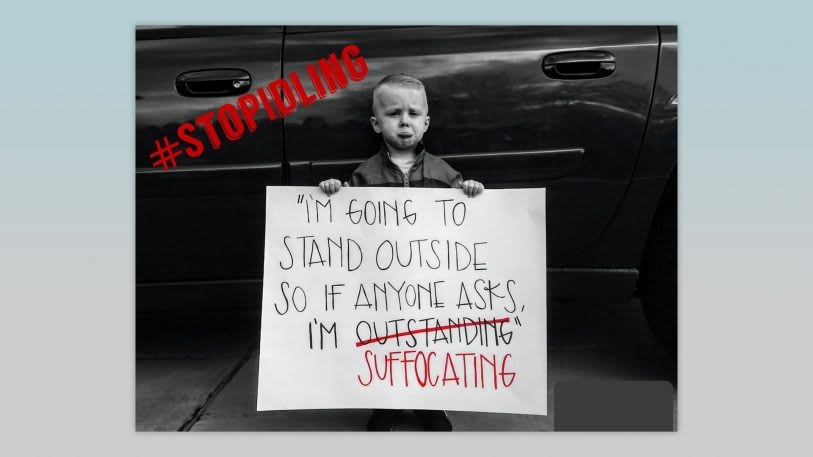
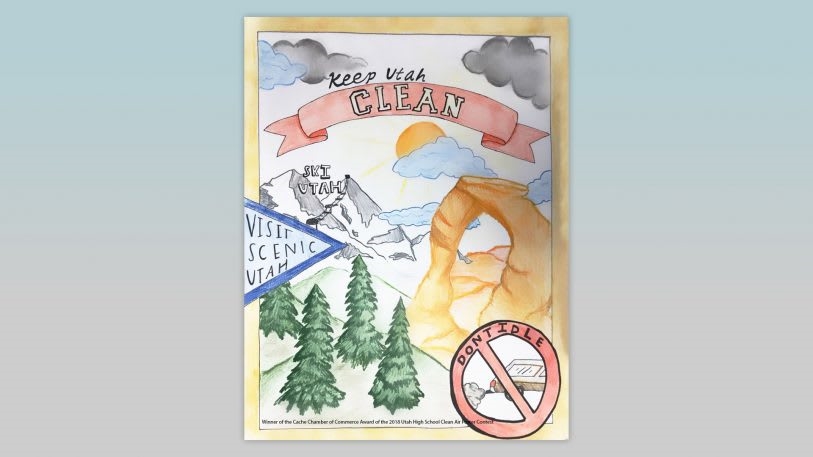
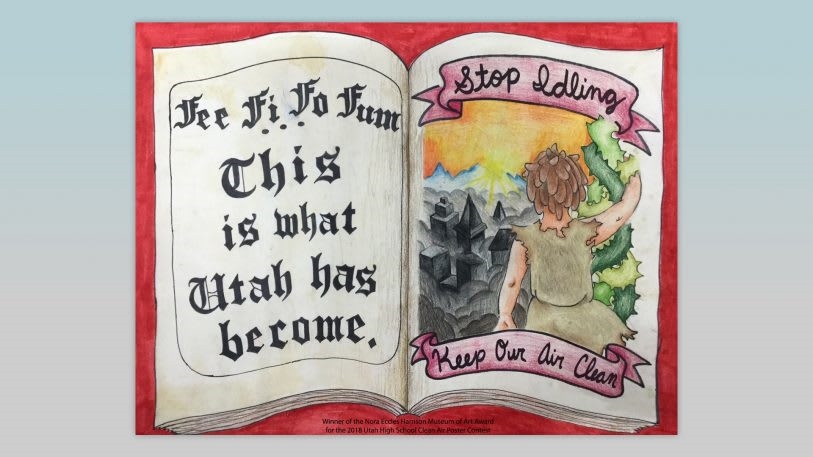
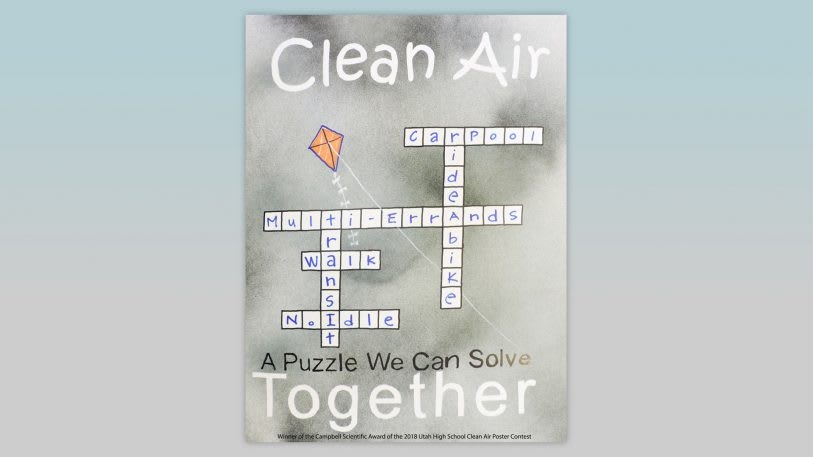
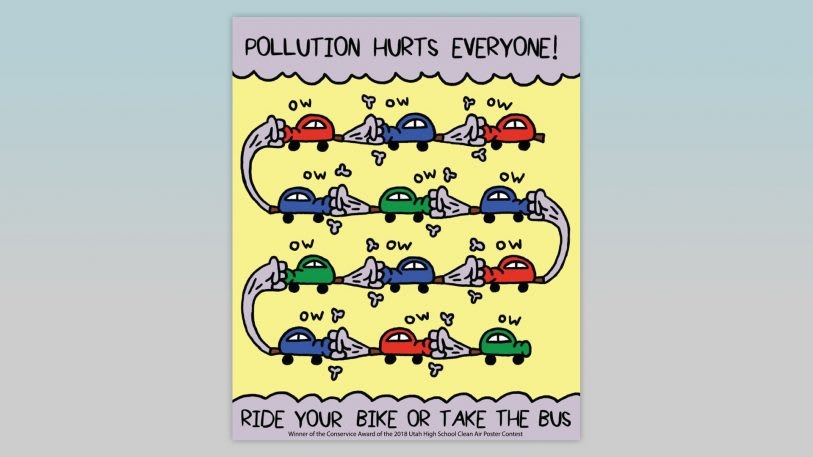
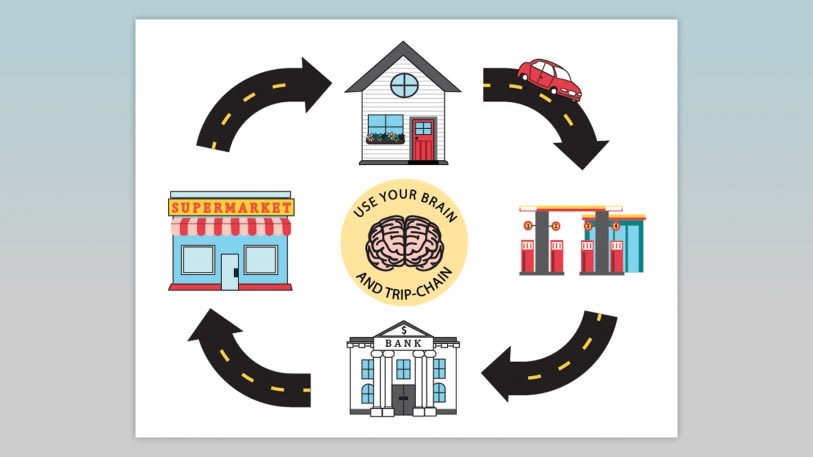
(26)

